Island of CommitmentPlan Through Commitment
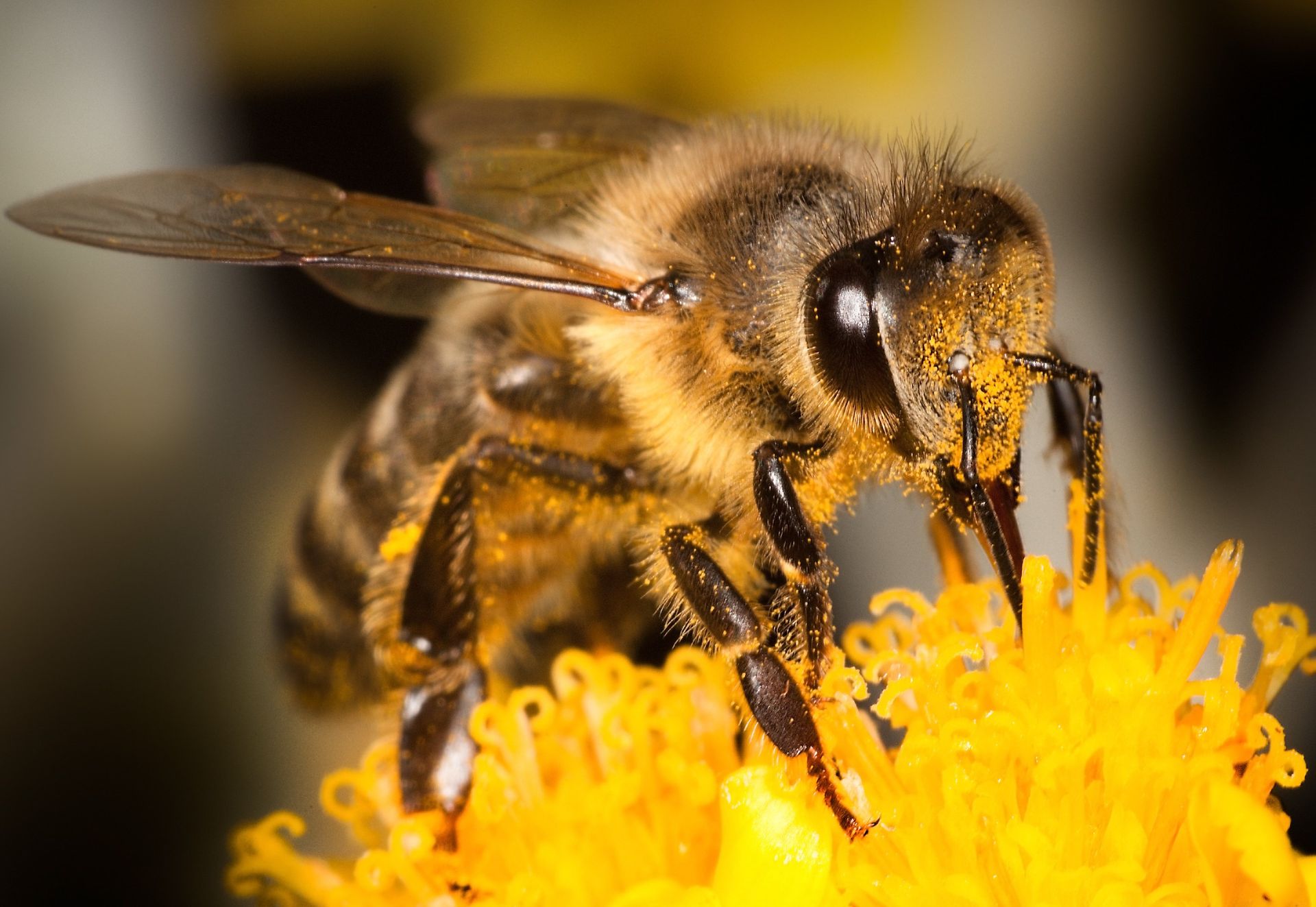
Wywow /Wī-wow/ What, Why, When
How
- What: What am I to do or change?Describe the goal with great clarity.
- Why: Record the purpose. Imagine the future as though it has already been achieved, and record the positive benefits.
- When: Record a start time and a projected completion time. The mind is a goal-seeking mechanism.
- How: What tools will I use? Decide on a clear action plan to achieve my goals and remember to RESPA.
- What: Clearly defines the goal, so I and others know exactly what I/we are to do.
- Why: Helps clarify and paint a clearer picture and opens the mind to creative/lateral thinking.
- When: Motivates to action through a sense of urgency.
- How: Develops self-mastery and helps me live a life of integrity.
Recommended Path:
2
- Listen to Wywow the Bee.
- Record your thoughts and impressions.
- What does the song teach about what, why, when, how?
- Read the bee facts.
- After reading the animal facts and listening to the song, how could you liken the bee to Wywow, or to creating a plan before you set out to accomplish a goal or project?
- Are there stories in your core books of people who had large projects that they needed to accomplish?
- Identify the what, why, when, and how of their experience.
- If others were involved in this task, how was the plan received?
- Did the plan have to be changed?
- Are there videos, pictures, or activities you can use to teach these stories?
4
1. There are three kinds of bees: the queen, the workers, and the drones.
2. The queen is the only bee to lay eggs in a hive. She can lay around 1,500-3,000 eggs per day and communicates with her hive with her unique scent called pheromones.
4. The drone bees are all male. Their job is to find a queen to mate with by flying to special congregation areas where they hope to meet a queen. Drone bees do not have stingers.
5. Bees have a terrific sense of time, distance, and direction. When a bee finds a new food source, it returns to the hive and commences a honeybee dance to indicate its location. By shaking its body and dancing, in reference to the position of the sun, the bee points the other bees in the right direction. The number of shakes and length of the dance indicate the distance to the source from the hive. The bees are able to calculate the most efficient route to their destination faster than computers.
6. Bees are the only insects in the world that make food that humans can eat. Honey is filled with natural preservatives, and bacteria cannot grow in it. On average, a single beehive can produce 27-45 kg (60-100 lbs) of honey each year, which is about two to three times more than they need to survive.
7. What else can you learn about bees?
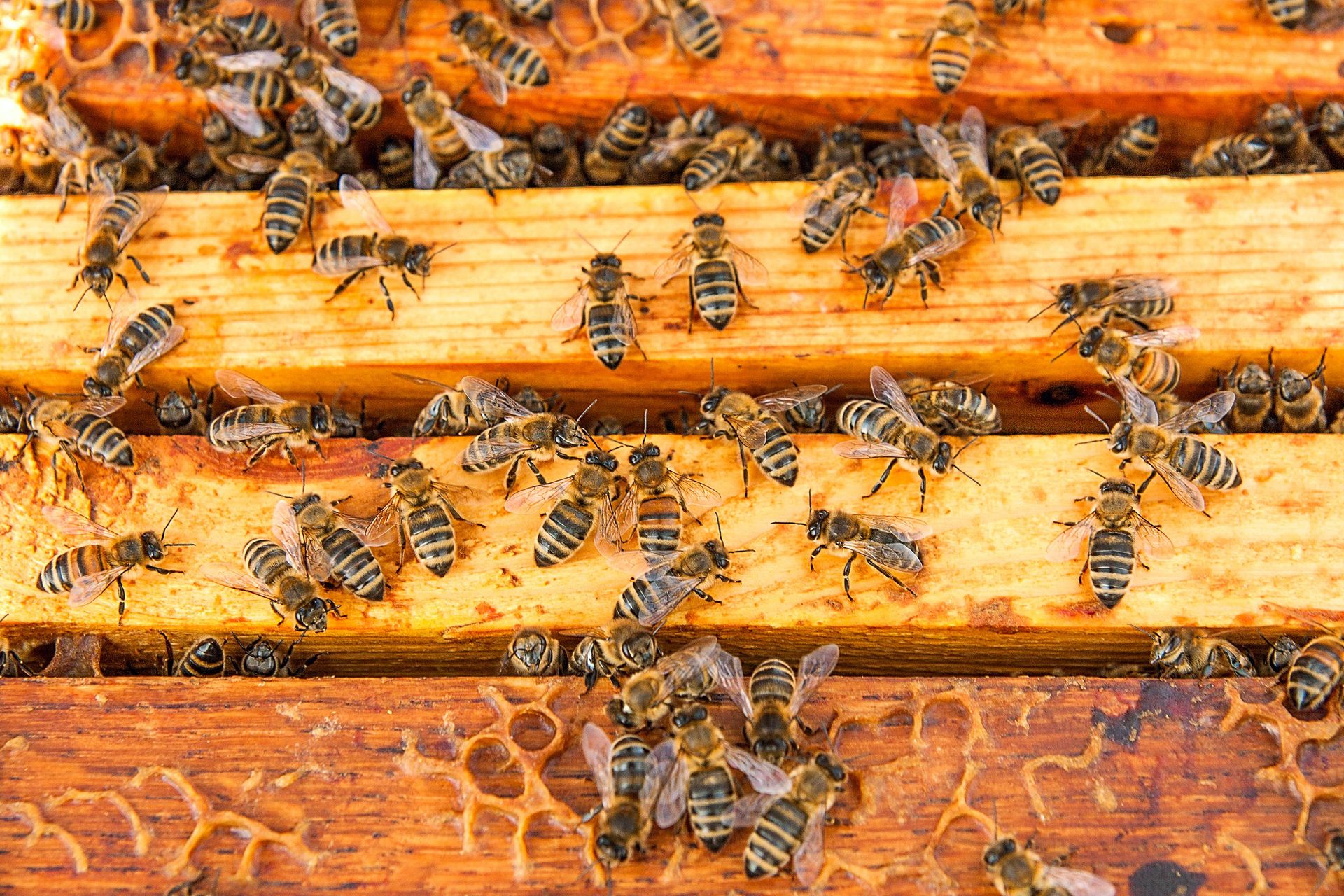
Slide title
Can you identify the what, why, when, and how of the beehive?
Button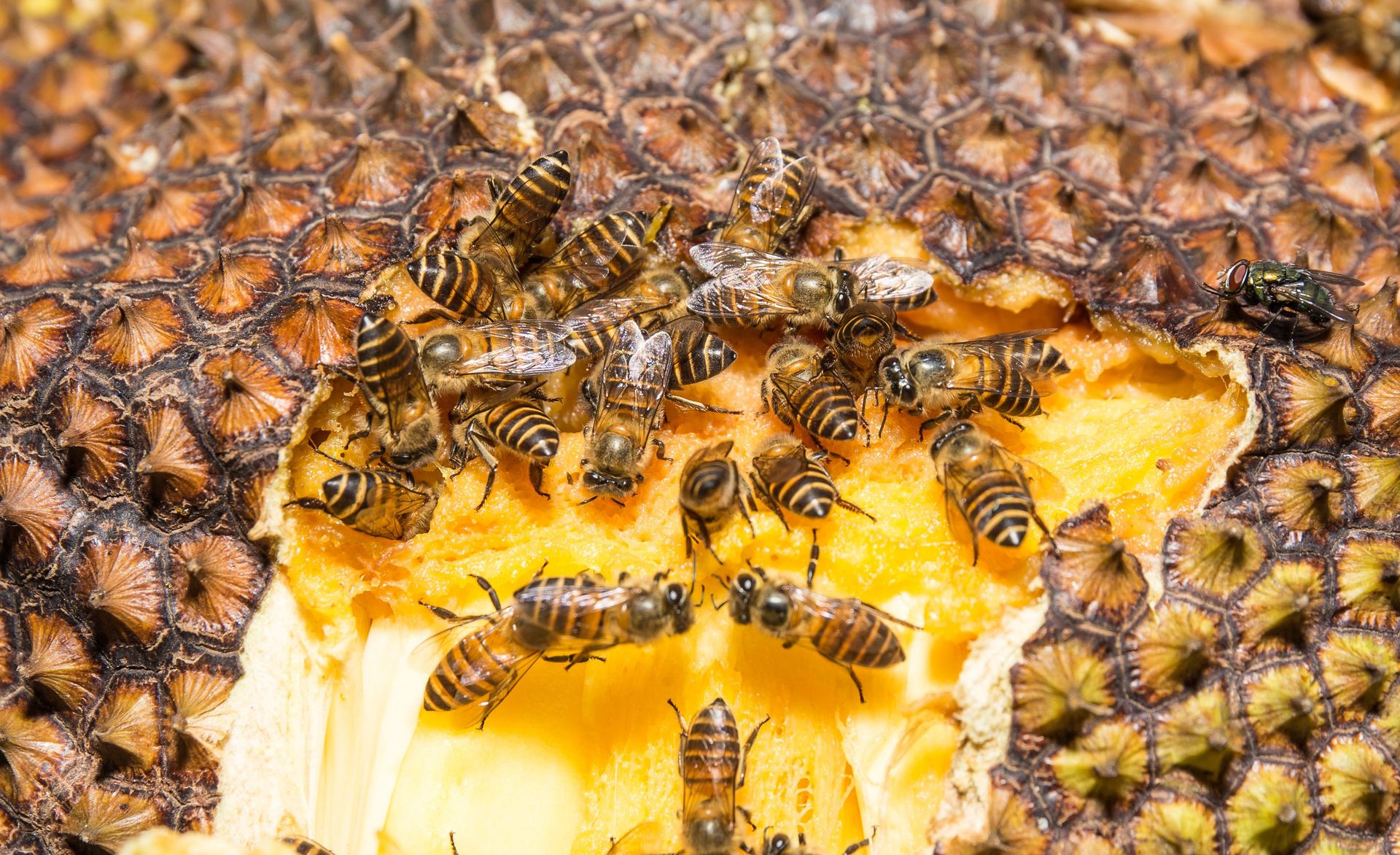
Slide title
What is one fact about the bee and how does it relate to the principle of Wywow?
Button
Slide title
When a bee finds a new food source, it returns to the hive and commences a ‘honeybee dance’ to indicate where the source is located. Why is communication important before and during a task?
Button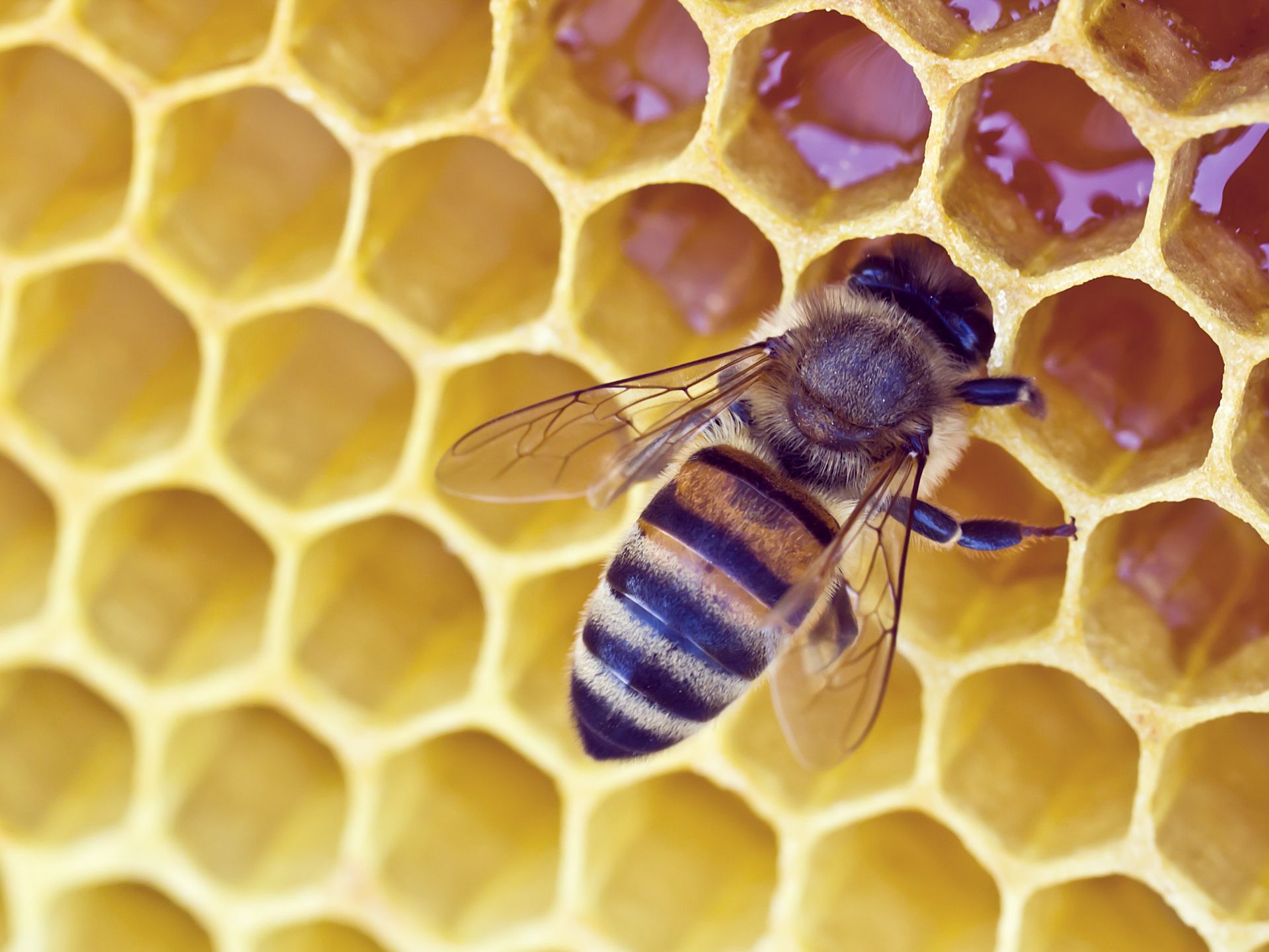
Slide title
On average, a good size colony will produce about two to three times more honey than they need to survive. A single bee will only produce about 1/12 of a teaspoon during its lifetime. How can you relate this to the results of applying Wywow?
Button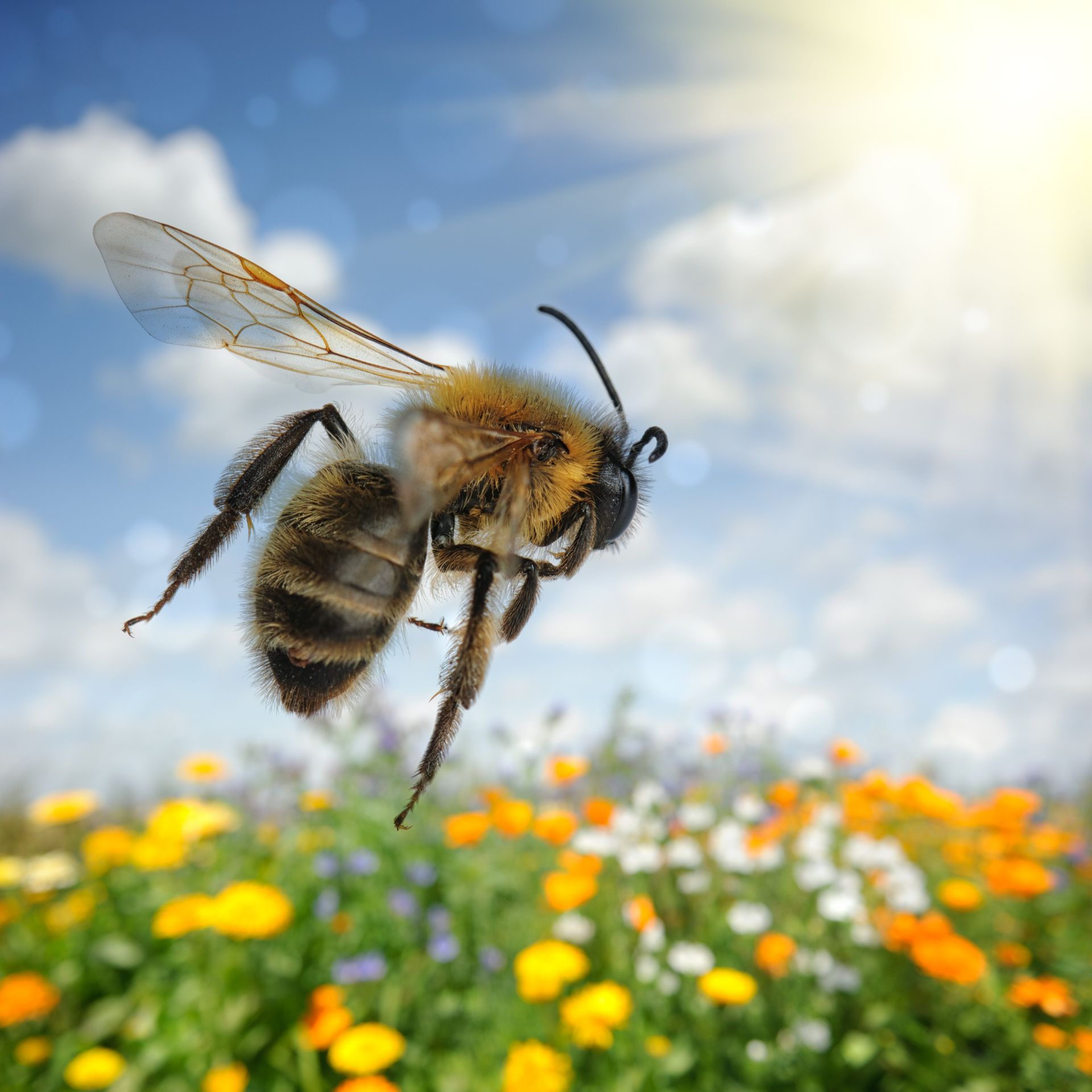
Slide title
The queen is the only bee that lays eggs in a hive; she can lay around 1,500-3,000 eggs per day. The queen communicates with her hive using her unique scent called pheromones. How can you relate this to using Wywow when delegating? How do you know what to delegate? What is the difference between delegation and bossiness?
Button


